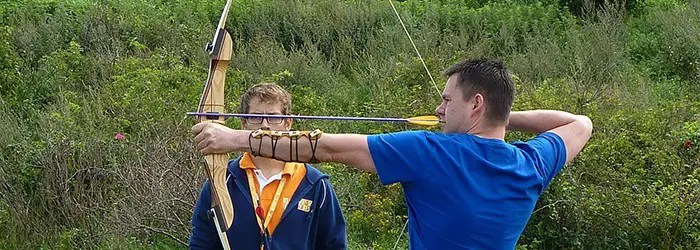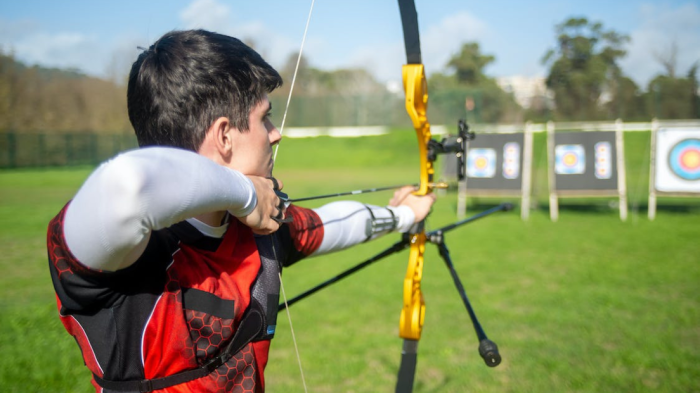How fast do arrows travel? It’s a question that has intrigued archers and non-archers alike for centuries. From hunting to target archery and even historical warfare, arrow speed plays a crucial role. In this comprehensive guide, we delve into the fascinating world of arrow velocity, exploring the factors that influence it and its practical applications.
Join us as we uncover the secrets of arrow speed, unraveling the mysteries that surround this ancient projectile weapon.
Arrow Speed Basics: How Fast Do Arrows Travel
Arrow speed is a crucial factor in archery, influencing accuracy, penetration, and effective range. Several factors contribute to arrow speed, including:
- Bow Design:The bow’s draw weight, power stroke, and efficiency directly impact arrow speed.
- Arrow Weight:Heavier arrows carry more momentum, resulting in lower speeds.
- Arrow Length:Longer arrows have a greater mass and experience more drag, reducing speed.
- Fletching:Fletching stabilizes the arrow’s flight but also creates drag, affecting speed.
Typical arrow speeds range from 150 to 300 feet per second (fps). However, custom arrows and specialized bows can achieve speeds exceeding 400 fps.
Measuring Arrow Speed
Measuring arrow speed is essential for optimizing bow performance and tuning. Methods for measuring arrow speed include:
- Chronograph:A device that uses sensors to measure the time it takes for an arrow to travel a known distance.
- Radar:A system that emits radio waves and measures the Doppler shift caused by the moving arrow.
- Video Analysis:High-speed cameras can be used to track arrow movement and calculate speed.
Chronographs are the most common method for measuring arrow speed, providing accurate and reliable results.
Factors Influencing Arrow Speed

In addition to the basic factors affecting arrow speed, several other factors play a role:
Bow Design
- Draw Weight:Higher draw weights result in greater arrow speeds.
- Power Stroke:The distance the bowstring travels when drawn affects arrow speed.
- Efficiency:Efficient bows minimize energy loss, leading to higher arrow speeds.
Arrow Length

Longer arrows have greater mass and experience more drag, resulting in lower speeds.
Fletching
Fletching stabilizes the arrow’s flight but creates drag, affecting speed. The size, shape, and number of fletches influence drag and speed.
Applications of Arrow Speed

Arrow speed plays a vital role in various archery applications:
Hunting Accuracy, How fast do arrows travel
Higher arrow speeds improve accuracy by reducing the effects of wind and target movement.
Target Archery

In target archery, consistent arrow speed is crucial for precise shooting and scoring.
Historical Warfare
Historically, faster arrows provided a significant advantage in warfare, increasing penetration and range.
Essential Questionnaire
What factors affect arrow speed?
Arrow speed is influenced by a combination of factors, including bow design, arrow weight, arrow length, fletching, and environmental conditions.
How is arrow speed measured?
Arrow speed is typically measured using a chronograph, a device that records the time it takes for an arrow to travel a known distance.
What is the typical range of arrow speeds?
The speed of an arrow can vary significantly depending on the factors mentioned above. However, typical arrow speeds range from 150 to 300 feet per second.
